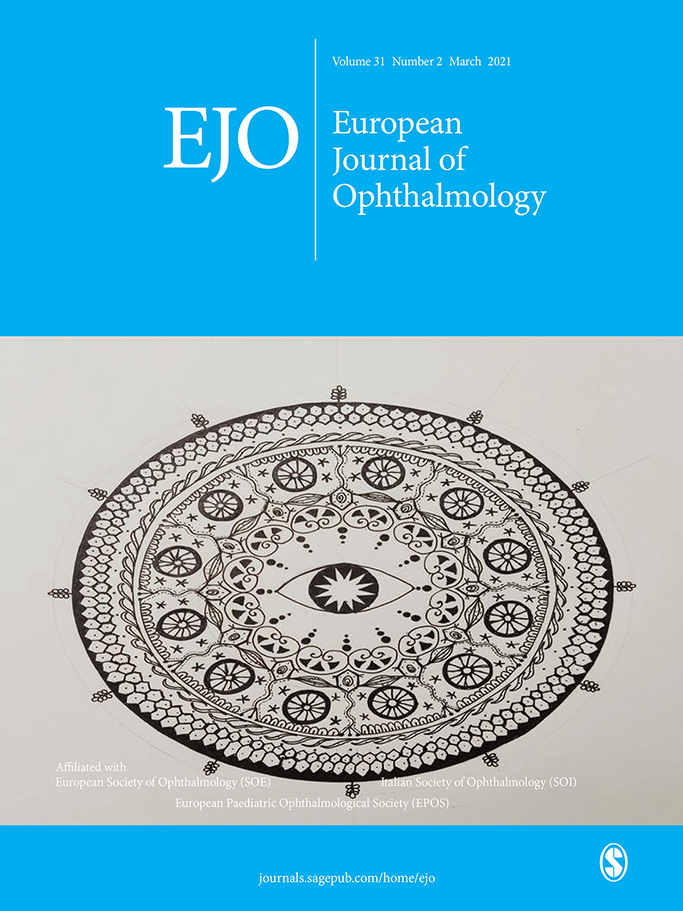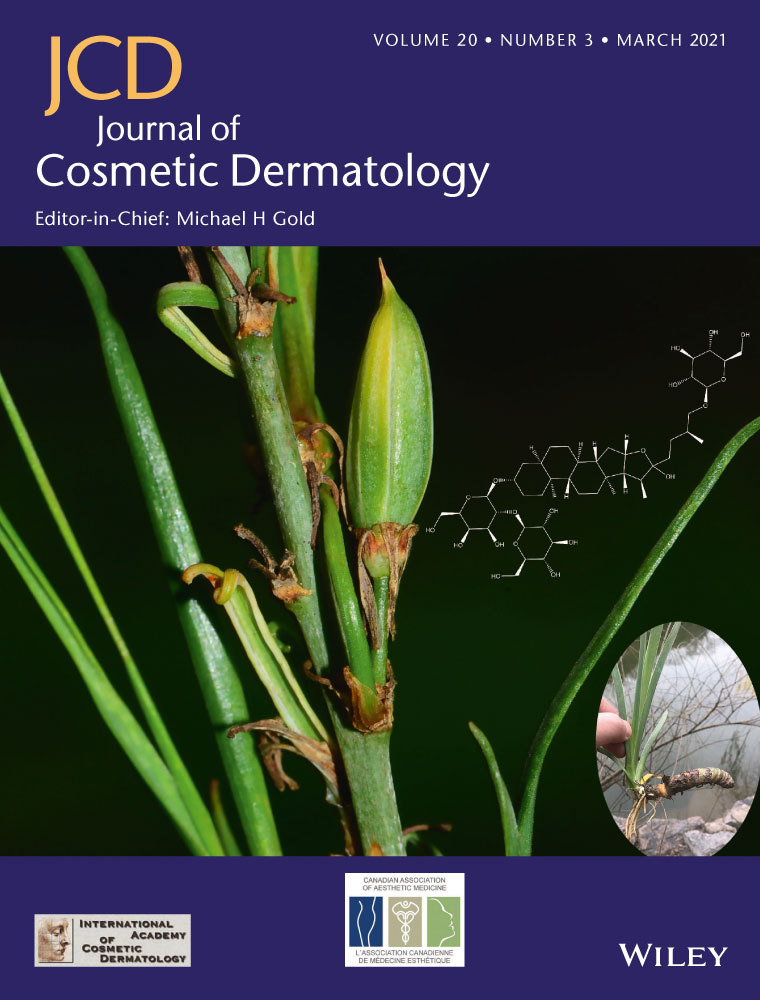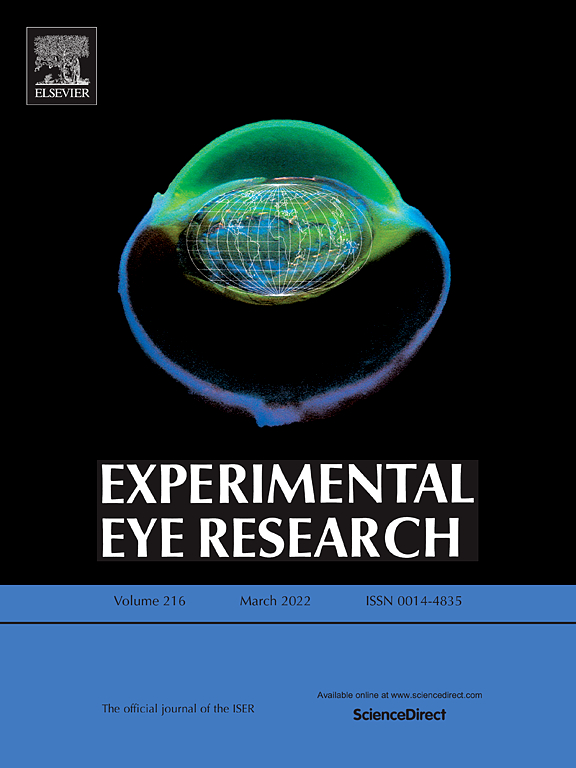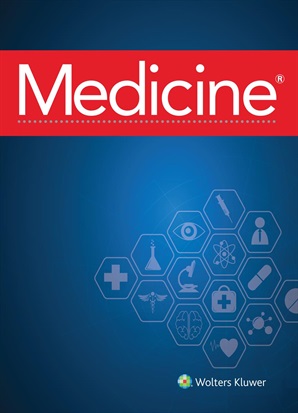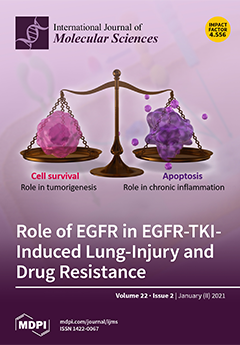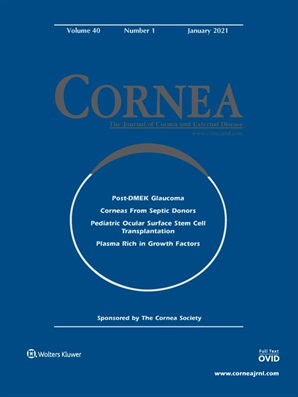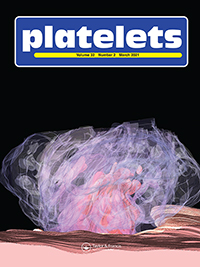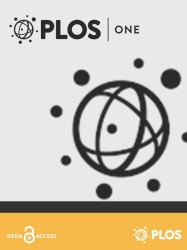- Author:
- Eduardo Anitua
- María de la Fuente
- Francisco Muruzábal
- Jesús Merayo-Lloves
Stability of freeze-dried plasma rich in growth factors eye drops stored for 3 months at different temperature conditions
The purpose of this study was to analyze the biological content and activity of freeze-dried plasma rich in growth factors eye drops after their storage at 4°C and at room temperature for 3 months with respect to fresh samples (time 0)
- Author:
- Eduardo Anitua
- Ander Pino
- Mar Zalduendo
Long-term stability of a novel platelet-rich plasma-based topical serum for cutaneous applications
Skin alterations are usually related to chronic diseases that demand sustained and long-term dosages; hence, it is pivotal that the stability of treatments is preserved. A novel storable and endogenous topical serum (ES) based on the patient's own blood has been recently developed
- Author:
- Eduardo Anitua
- María de la Fuente
- Francisco Muruzabal
- Jesús Merayo-Lloves
Development and optimization of a personalized fibrin membrane derived from the plasma rich in growth factors technology
To develop and characterize a new type of plasma rich in growth factors (PRGF) membrane for patients in which immune system is involved in the disease etiology
- Author:
- Eduardo Anitua
- Ronald M Sanchez-Avila
- Edmar E Uribe-Badillo
- Javier Fernández-Vega Sanz
- Francisco Muruzabal
- Nancy Jurado
- Belén Alfonso-Bartolozzi
- Jose F Alfonso
- Begoña Baamonde
- Jesus Merayo-Lloves
Plasma rich in growth factors versus Mitomycin C in photorefractive keratectomy
To evaluate the efficacy and safety of plasma rich in growth factors (PRGF) in photorefractive keratectomy (PRK) versus Mitomycin C (MMC).This is a comparative, longitudinal and retrospective case-control study (MMC vs PRGF), in patients with a spherical correction from -0.25 to -8.00 D and cylinder correction from -0.25 to -3.00
- Author:
- Eduardo Anitua
- Sabino Padilla
- Mikel Sánchez
- Victor Vaquerizo
- Gerard A Malanga
- Nicolás Fiz
- Juan Azofra
- Christopher J Rogers
- Gonzalo Samitier
- Steven Sampson
- Roberto Seijas
- Ricardo Elorriaga
- Jack Taunton
- Frank Boehm
- Roberto Prado
- Ramón Cugat
Platelet-Rich Plasma Applications for Achilles Tendon Repair: A Bridge between Biology and Surgery
Achilles tendon ruptures are very common tendon ruptures and their incidence is increasing in modern society, resulting in work incapacity and months off sport, which generate a need for accelerated and successful therapeutic repair strategy. Platelet-rich plasma (PRP) is emerging as adjuvant human blood-derived constructs to assist Achilles tendon rupture treatment
- Author:
- Eduardo Anitua
- María de la Fuente
- Francisco Muruzábal
- Jesús Merayo-Lloves
Short- and Long-Term Stability of Plasma Rich in Growth Factors Eye Drops
To analyze whether plasma rich in growth factors (PRGFs) eye drops preserve their activity and biological properties after storage for 9 and 12 months at -20°C, and at 4°C, and at room temperature (RT) for 3 and 7 days in comparison to fresh samples (t0)
- Author:
- Eduardo Anitua
- Mohammad H. Alkhraisat
- Sofía Fernández de Retana
Platelet rich plasma in oral and maxillofacial surgery from the perspective of composition
The application of platelet-rich plasma (PRP) in oral and maxillofacial surgery has been thoroughly studied in the last two decades. Currently, different types of PRP are applied in the clinical practice, being the presence or absence of leukocytes one of the classification criteria. However, there is poor evidence assessing the influence of the PRP composition in their efficacy.
- Author:
- Eduardo Anitua
- Gorka Orive
- Mar Zalduendo
- María Troya
- Sabino Padilla
Leukocyte inclusion within a platelet rich plasma-derived fibrin scaffold stimulates a more pro-inflammatory environment and alters fibrin properties
One of the main differences among platelet-rich plasma (PRP) products is the inclusion of leukocytes that may affect the biological efficacy of these autologous preparations. The purpose of this study was to evaluate whether the addition of leukocytes modified the morphological, biomechanical and biological properties of PRP under normal and inflammatory conditions.

 Español
Español
 Français
Français
 Italiano
Italiano
 Português
Português

